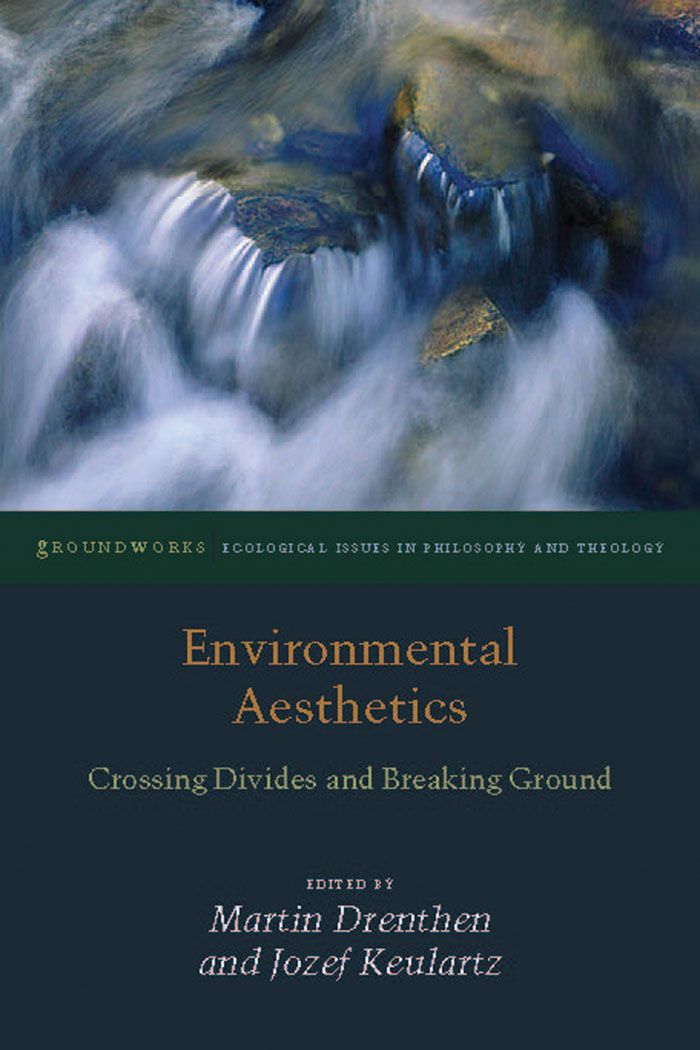Environmental Aesthetics
Crossing Divides and Breaking Ground

This book can be opened with

Environmental aesthetics crosses several commonly recognized divides: between analytic and continental philosophy, Eastern and Western traditions, universalizing and historicizing approaches, and theoretical and practical concerns. This volume sets out to show how these,perspectives can be brought into conversation with one another.
The first part surveys the development of the field and discusses some important future directions. The second part explains how widening the scope of environmental aesthetics demands a continual rethinking of the relationship between aesthetics and other fields. How does environmental aesthetics relate to ethics? Does aesthetic appreciation of the environment entail an attitude of respect? What is the relationship between the theory and practice? The third part is devoted to the relationship between the aesthetics of nature and the aesthetics of art. Can art help “save the Earth”? The final part illustrates the emergence of practical applications from theoretical studies by focusing on concrete case studies.
Environmental Aesthetics provides an excellent overview of the current state of the discipline, acknowledging the divides that question disciplinary identity whilst demonstrating a firm sense of maturity and future research direction.——Environment and History
This excellent contribution to the burgeoning field of research and reflection on environmental aesthetics is particularly valuable in the range of perspectives that it brings together, bridging the analytic and continental European philosophical traditions, Eastern and Western cultural frameworks, and cognitive and affective understandings of aesthetic experience. These different approaches are brought into conversation with one another as the authors reference, and sometimes productively critique, one anothers' arguments. This lends the volume as a whole a degree of coherence, while reinforcing the diversity of positions on environmental aesthetics that it showcases. Addressing also connections between aesthetics and ethics, philosophical questions and practical outcomes, this volume is exemplary of the potential of new work in the environmental humanities to engage with the pressing ecological and social concerns of our day.
Martin Drenthen is associate professor of philosophy at Radboud University Nijmegen (The Netherlands). He is the author of Old World and New World Pespective in Environmental Philosophy. Together with Jozef Keulartz and Jim Proctor, he coedited New Visions of Nature: Complexity and Authenticity. In English and Dutch publications, he has written about the significance of Nietzsche’s critique of morality for environmental ethics, the concept of wildness in debates on ecological restoration, and ethics of place. His most recent research focuses on the relationship between landscapes, cultures of place, and moral identity.
Jozef Keulartz (Author)
Jozef Keulartz is associate professor of applied philosophy at Wageningen University and Research Centre. He has been appointed special chair for Environmental Philosophy at the Radboud University Nijmegen. He has published extensively in different areas of science and technology studies, social and political philosophy, bioethics, environmental ethics, and nature policy. His books include Die verkehrte Welt des Jürgen Habermas [The Topsy-Turvy World of Jürgen Habermas, 1995], Van bestraffing naar behandeling [From Punishment to Treatment, 1996, 4th ed], Struggle for Nature—A Critique of Radical Ecology (1998), and Werken aan de grens—een pragmatische visie op natuur en milieu [Boundary-Work: A Pragmatist View on Nature and Environment, 2005]. He is editor of Wilhelm Dilthey: Kritiek van de historische rede [Wilhelm Dilthey: Critique of Historical Reason, 1994] and coeditor of Foucault herdenken [In Memory of Foucault, 1995], Museum Aarde [Museum Earth, 1997], Pragmatist Ethics for a Technological Culture (2002), Legitimacy in European Nature Conservation Policy (2008), and New Visions of Nature (2009).

